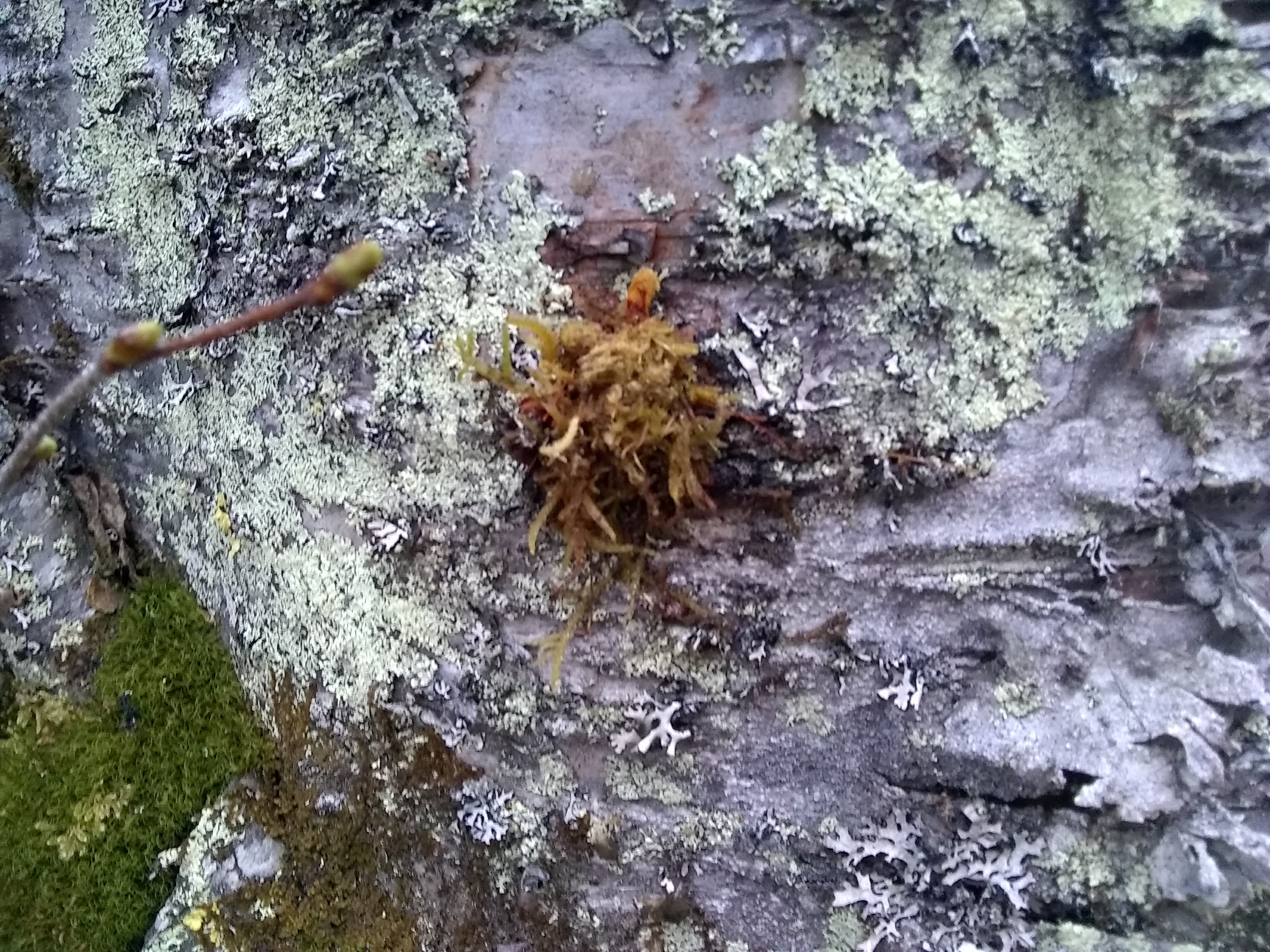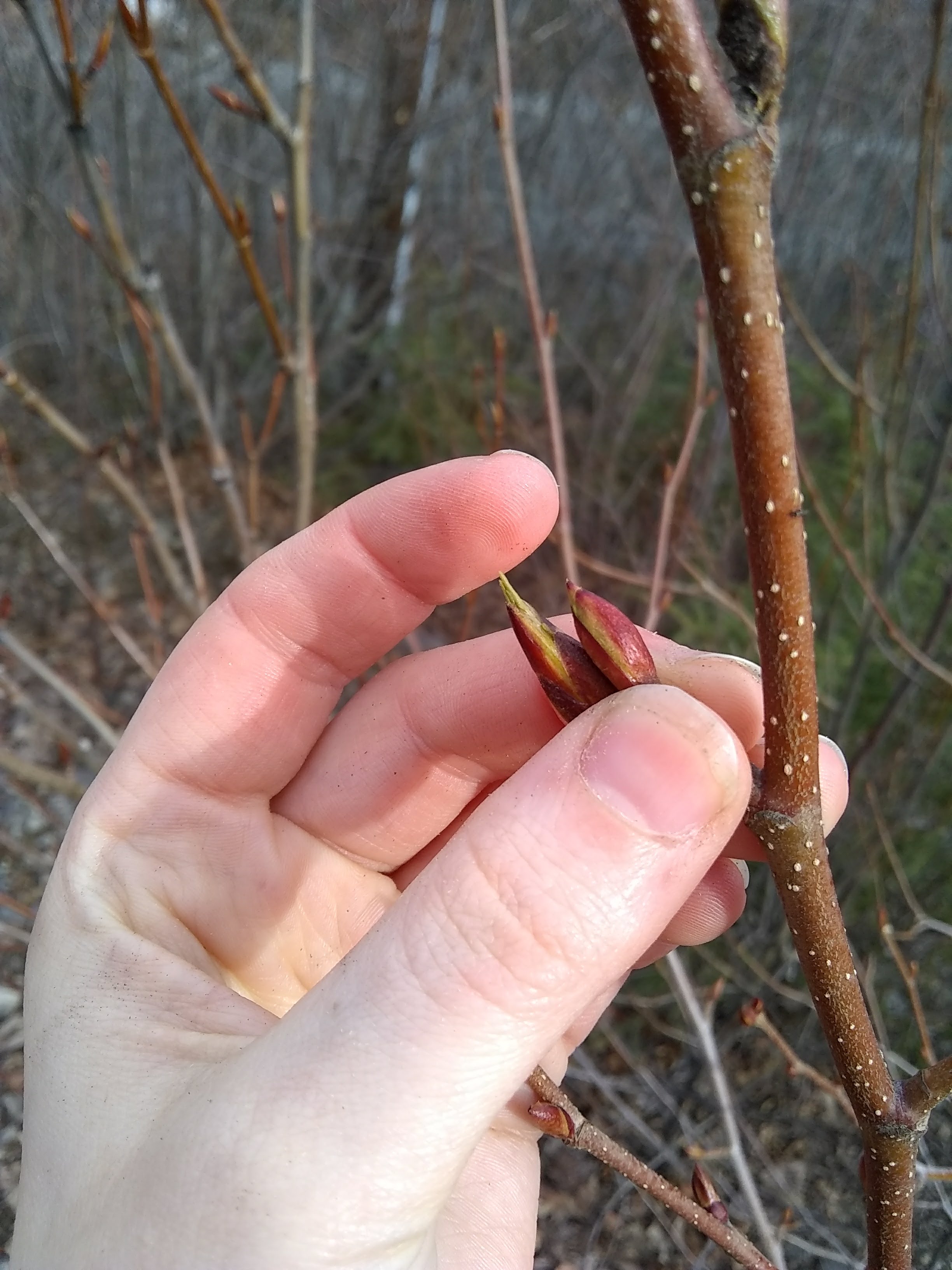Ah! It’s March already! That means spring is JUST around the corner, which means tapping birch trees is just around the corner too! But it’s okay, you still have a couple of weeks. That’s why I am posting this now, so you have some time to gather everything you need. Speaking of which…
The above link is an affiliate link. By clicking on it, Alaska Herbal Solutions may get a small amount of money at no cost to you.
What you’ll need
- A water jug (or bucket, but I prefer the 3 gallon water jugs. Check out the 2 gallon one from Amazon below)
- A spile – plastic or otherwise. You can find it at your local feed store (or the affiliate link above).
- A hose/tubing (optional)
- Duct tape (optional)
- A drill about half an inch wide
- Absorbent moss/piece of wood the just smaller than the size of the drill
- A birch tree that is 8 inches or more in diameter and healthy
When to Tap
The joke goes that as soon as you see your first ten mosquitoes, it’s time to tap the birches. Basically, you want to tap it before the leaves unfurl (otherwise all of the goodness will be in the leaves themselves), but not when it’s too cold at night.
My joke is it’s that time of year when you wear your coat in the morning, come back from work and forget it in the car because it’s so warm you took it off. That means when it’s freezing at night, but between 40 and 50 degrees during the day. This typically happens in mid April.
How to tap
First, you’ll take the drill and slowly drill a hole angled slightly upwards an inch to an inch and a half into the tree. Make sure not to go too deep or you risk harming the tree. The hole should be at least six inches from previous tap holes. I usually tap every other year to avoid permanently harming the tree.Once you see the sap coming out, put the spile in. If there is no sap coming out, you’ve tapped too early. If you’re not sure if it’s the right time, try tapping a branch before hand.
At this point, some people will hang a bucket below the spile to collect. We like to put a hose or tubing on the spile straight into the water jug and tape it to keep debris and bugs out.
A good tree will produce up to one gallon of sap every day. Check the tap daily, or twice a day if it’s flowing quickly, to make sure that it doesn’t overflow.
Does it hurt the tree?
If you do it correctly, it does not. Here’s why: “Sap flow is the result of ‘root pressure’–that is, water is actively absorbed by the root system, but pressure builds because little water is lost from the tree as a whole. The sap flows the week or two before the leaves begin to open; once they are growing, the root pressure lowers. Near the end of the season the sap gets white, milky, and bitter due to yeasts.” (http://www.ankn.uaf.edu/curriculum/books/Viereck/viereckbirch.html, March 3, 2019 Copyright © 1987 by Eleanor G. Viereck).
Part of tapping correctly is plugging the hole when you are finished. That’s where a piece of wood, like a branch broken off to about the size of the hole you drilled or absorbent moss (like sphagnum) comes in handy. Plug the hole and it will help keep insects out and the extra sap in.
Another way to make sure you’re conservatively is to tap trees every other year or so. This give the tree time to heal fully, even if it is a small hole.

If you’re more visual, you can watch this video on how to tap trees!
Thanks for reading! What do you plan to do with your birch sap this year?
~Feel better naturally, the Alaskan way~





Great info on tapping for birch sap Ris. But I prefer to not use the spile and to drill the hole the exact diameter of my pex pipe thus creating a conduit that goes directly into a 5 gallon water jug. Check them every 2-3 days because you can get up to 1-2 gallons per day. Dissolves those kidney stones too
Haha, I use the 3 gallon jugs otherwise it gets too heavy for me, plus all my birches are on hills. Everyone has their own preferences once they’ve tapped.